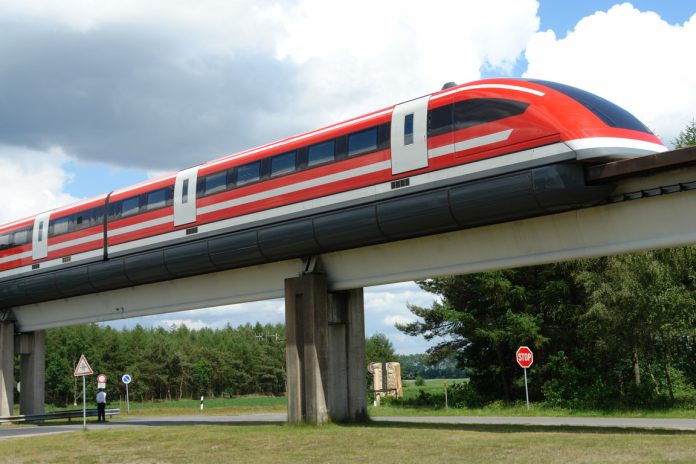
Earlier this year the city published a feasibility study to put a lid above I-5 to reconnect Downtown and First Hill, two neighborhoods divided by the freeway. It would add both housing and a park all above the freeway trench, but it should also incorporate high-speed rail. In fact, the lid support columns may be able to do double duty as supports for the elevated guideway for high-speed rail linking Seattle to Portland and Vancouver, British Columbia and points in between.
The lid would be held up by pillars in the center of the freeway. We could extend those pillars in height to hold up high-speed rail tracks, allowing the Seattle station to be built above the freeway. As the Madison Street intersection takes up a full block currently, it would provide enough space for a high-speed rail station, and would be close to Downtown and First Hill. Regional transit connections at King Street Station would only be a few blocks away. A handful of parking garages already exist in the area. The new Midtown Link station and buses on Madison and 4th Avenue would provide connections in all other directions including the Eastside.
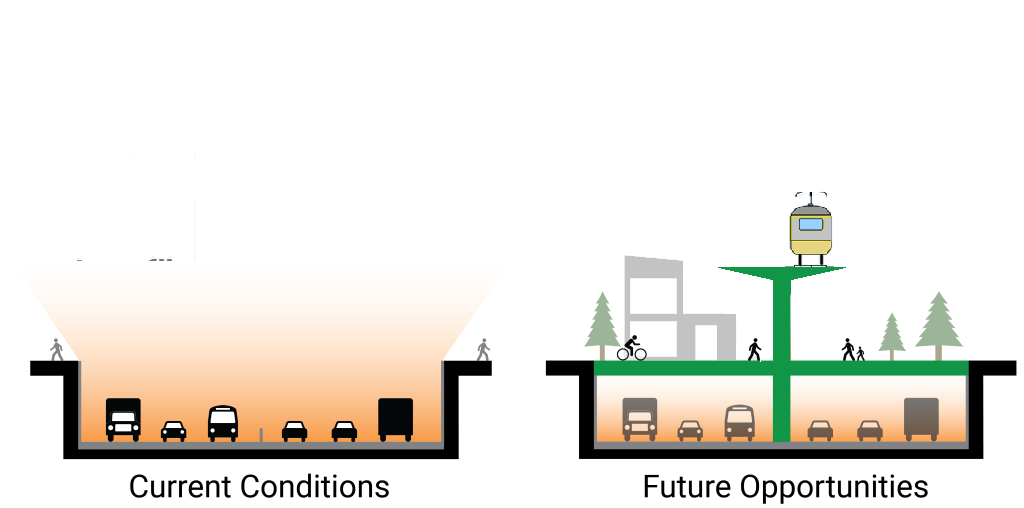
Pine Street could be an alternative and would put the station directly next to the Convention Center and Capitol Hill. The freeway would be at the lowest level, the next level would be dedicated to parks, retail, surface streets and high-speed rail station access. The high-speed rail line would tower high enough to span existing bridges, the existing Freeway Park and even the existing Convention Center.
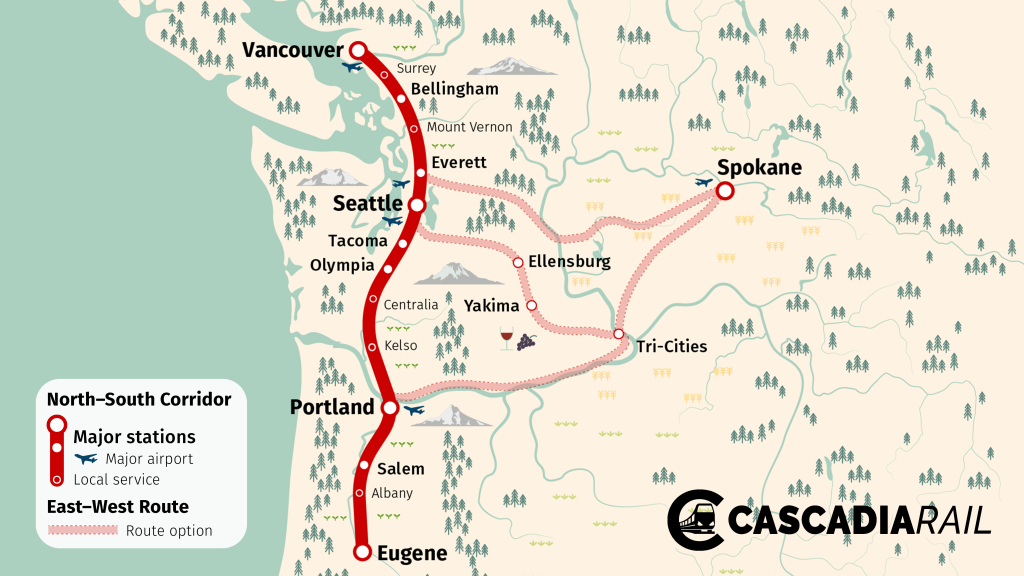
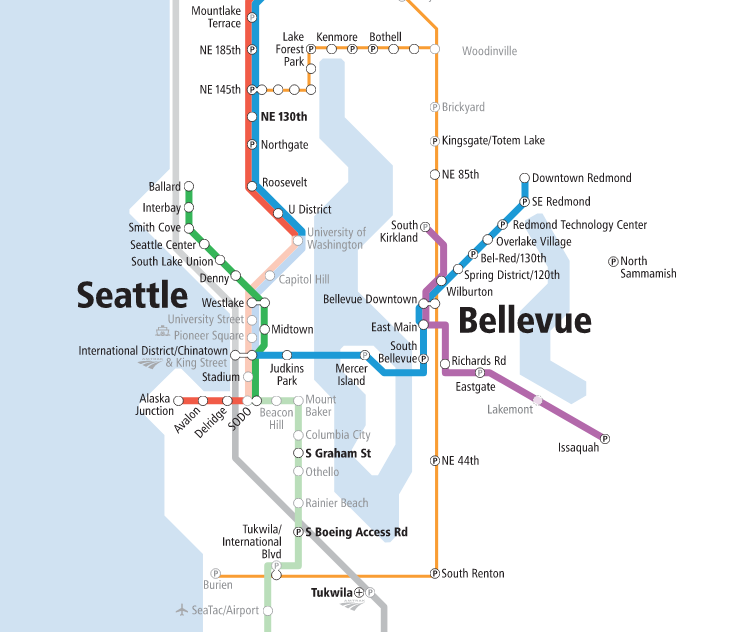
The I-5 lid could support highrises on each side of the trench and parks and some midrise development right above the freeway. Concrete beams would span the freeway and be held up by pillars on both sides and in the center of the freeway as has already been done in other neighborhoods nearby (Mercer Island, Mount Baker, and Medina). The pillars in the center (or both center and one side) could get extended in height to hold up the rail tracks and even the station. The beams holding up the tracks might also house lights to provide lighting for the parks underneath at night.
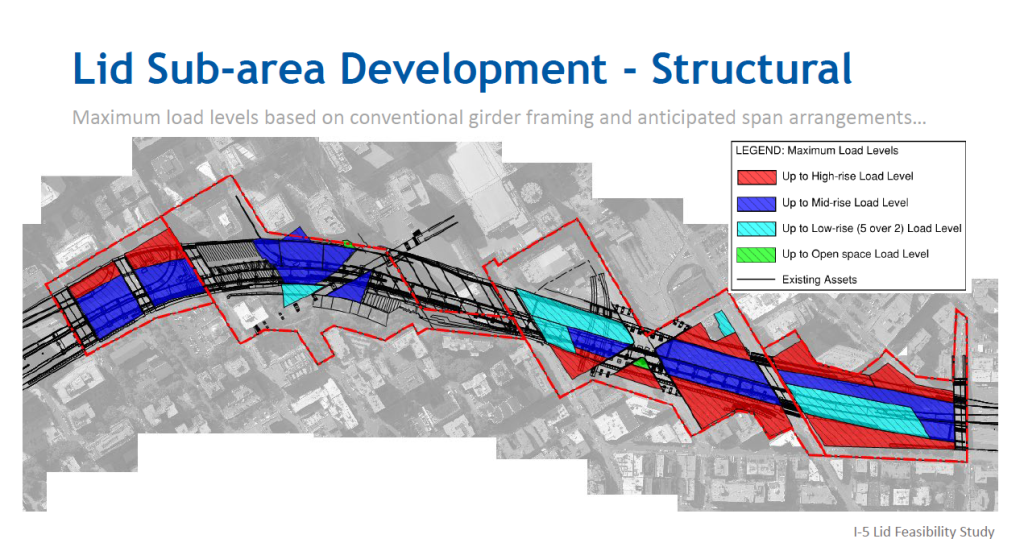
High-speed rail works best with station locations that serve the most people, such as high-traffic areas of downtowns, airports, and employment centers. Utilizing the I-5 corridor and collaborating with the Lid I-5 project would allow passengers convenient access to Downtown, the Washington State Convention Center, and Seattle’s densest neighborhood: First Hill–also home to two major hospitals.
Governor Jay Inslee has made clear he supports high-speed rail, and Washington State Department of Transportation (WSDOT) Secretary Roger Millar has argued it’s the most viable way to meet long-term transportation demand in the I-5 corridor. Adding another I-5 lane in each direction throughout Washington would cost $110 billion, according to WSDOT estimates, and still not be enough to alleviate congestion. High-speed rail would be much cheaper than freeway expansion and a much more effective and climate-friendly means of transport.
Considering the groundswell of support for lidding I-5 and for building Cascadia high-speed rail, together the two projects could be even more popular. It would sure beat a noisy gaping freeway trench dividing the city in half.
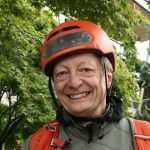
Martin Pagel (Guest Contributor)
Martin grew up in Germany and now lives in Seattle. He is passionate about how public transportation infrastructure can reduce traffic congestion, climate impact, and housing cost while broaden access to transportation. During the day, he works for a tech company in the Pacific Northwest.
